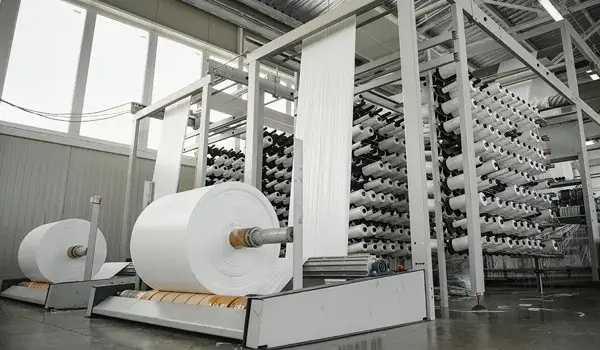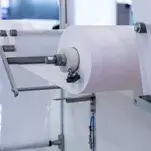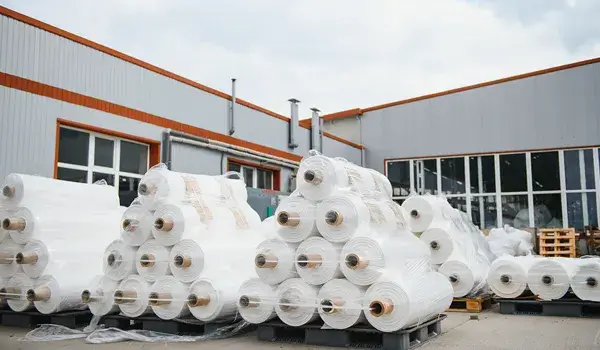


Member of:
Missions and Benefits
Reshoring Enables Savings Of 1,440 Tons Of CO2 Per Year
Our sustainable nonwovens are “Made in EU” and will help in the fight against cross-contamination and the transmission of infection in a medical or surgical setting, especially with today’s multi-drug resistance bacteria and viruses. Our products meet the strict regulations and have no dermatological incompatibility.
"Superior quality ‘Made in Europe"
Fast, reliable and cost effective
Sustainable Reshoring
Intelligent Production Technology
Customer Centric
Strong Partnerships
High Performing Specialists
Thoughtful and needed products for a safe world tomorrow


Reduced Emissions By 85 Tonnes For A Safer And More Sustainable Future.
In line with our mission, we save the carbon footprint of 180 containers, which is equivalent to 1,440 tons per year when not transporting from Asia to Europe. This allows us to reduce CO2 emissions by about 85 tons.
Certificates
"Through The Highest Certificates We Ensure Reliable Standards For Our Products"
Protective Clothing With Electrostatic Properties (EN 1149-1:2006).
In order to protect wearers from influences not only in highly specialised facilities but in any environment, we have taken care to fully comply with this standard as well. In particular, the electrostatic properties of the protective clothing are tested.
Liquid-Tight Protective Clothing Against Liquid Chemicals (EN 14605 TYPE PB 3-B).
This European Standard is dedicated to the specific definition of requirements to ensure safe protective clothing for end-users who, for example, wish to protect themselves reliably and comprehensively against liquid chemicals when wearing protective clothing.
Protective Clothing Against Infectious Agents (EN 14126:2003 + AC:2004).
For medical staff as well as any contact persons such as their patients, it is extremely important to reduce infection to a maximum or to avoid it completely. Products such as protective clothing, which are made of our materials and thus have such a standard, strongly avoid infectious agents and prevent disadvantages accordingly.
Spray-Tight Protective Clothing Against Liquid Chemicals (EN 140605:2005 + A1:2009).
In this standard, performance requirements are tested specifically for garments with regard to liquid-tight seams according to type 3. In addition, there is also a detailed examination of spray-tight seams according to type 4. Certification also requires a permeation test on the fabric against at least one class 1 chemical.
General Requirement For Protective Clothing (EN ISO 13688:2013).
This important regulation sets the industry-wide standard in Europe for all protective clothing, not only to obtain the CE mark, which is safe for the end user, but also to ensure the standard for protective clothing in industry. Performance requirements are for example on harmlessness, ageing or compatibility of protective clothing.
Protective Clothing Against Liquid Chemicals With Limited Protection (EN 13034:2005 + A1:2009 TYP PB 6-B).
We strive to meet any relevant nomenclature that meets the highest possible standards within our sphere of influence to provide reliable protection for end users. Therefore, through our advanced fabrics, any end-user wearing PPE with our nonwoven fabrics can experience protection against liquid chemicals of various forms.
Protective Clothing Against Airborne Solid Particles (EN ISO 13982-2:2004) TYPE 5.
In this internationally valid standard, an accurate test procedure takes place to determine the penetration of aerosols of fine particles. This particular method explicitly tests suits (protective clothing) to determine results on the barrier effect of chemical protective clothing against aerosols from dry, fine dusts.
Would You Like To Request A Qoute?
Contact Us Via Contact Form Or Give Us A Call. We Will Get Back To You As Soon As Possible And Will Be Happy To Consult You Personally.
Our Address
Moreni, Dambovita County, Romania
Our Phone
+49 30202366380
Our Email
hello@nonwovenglobal.com
